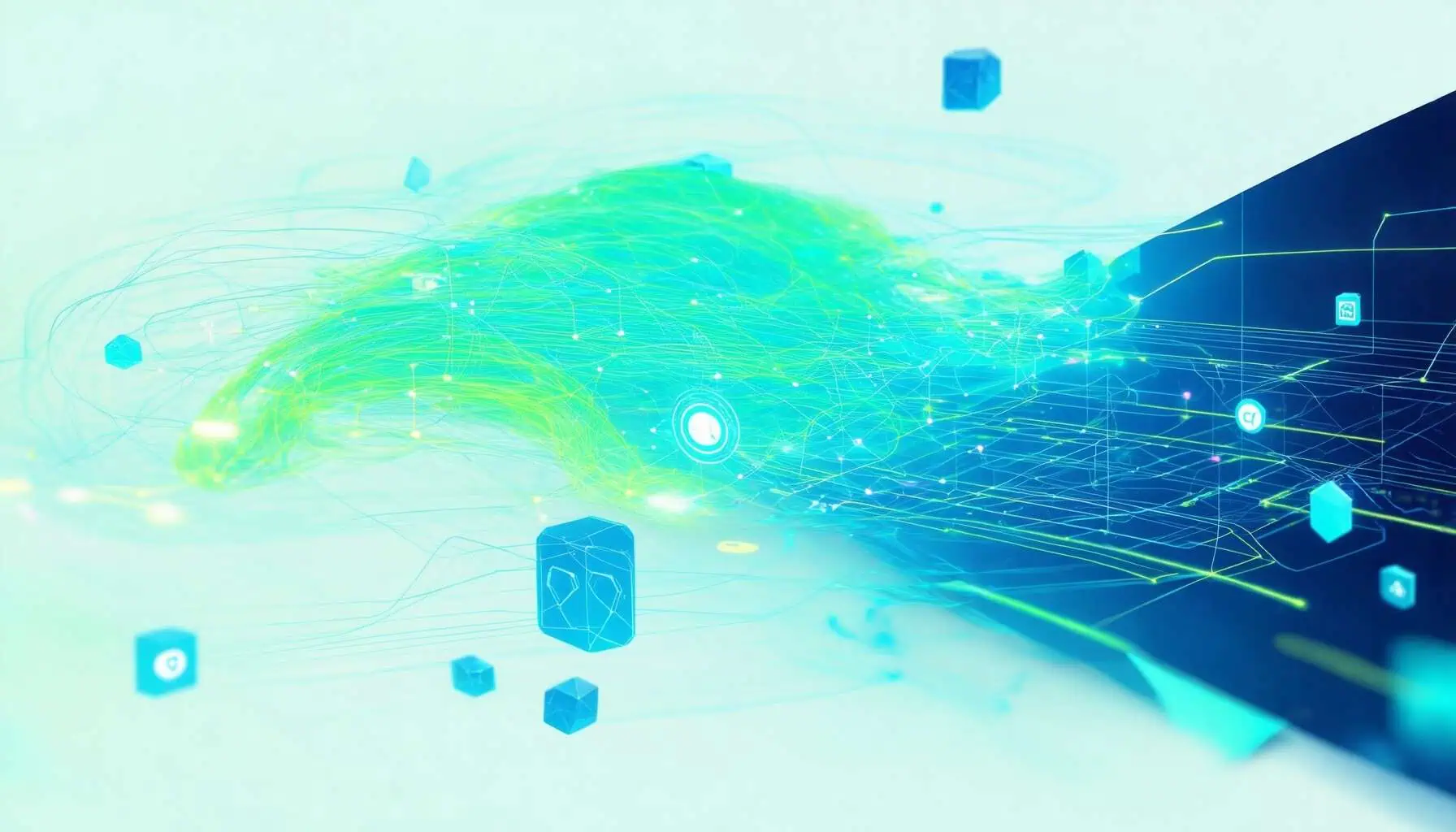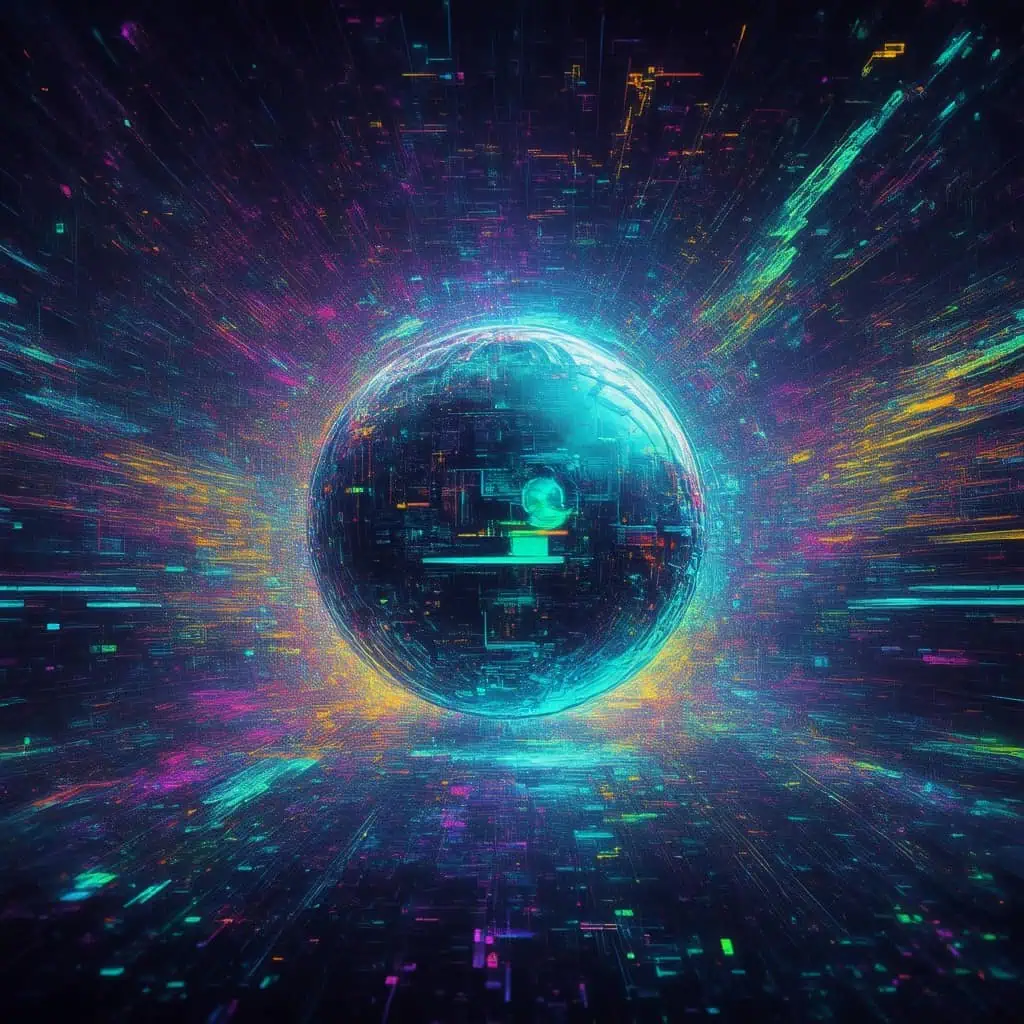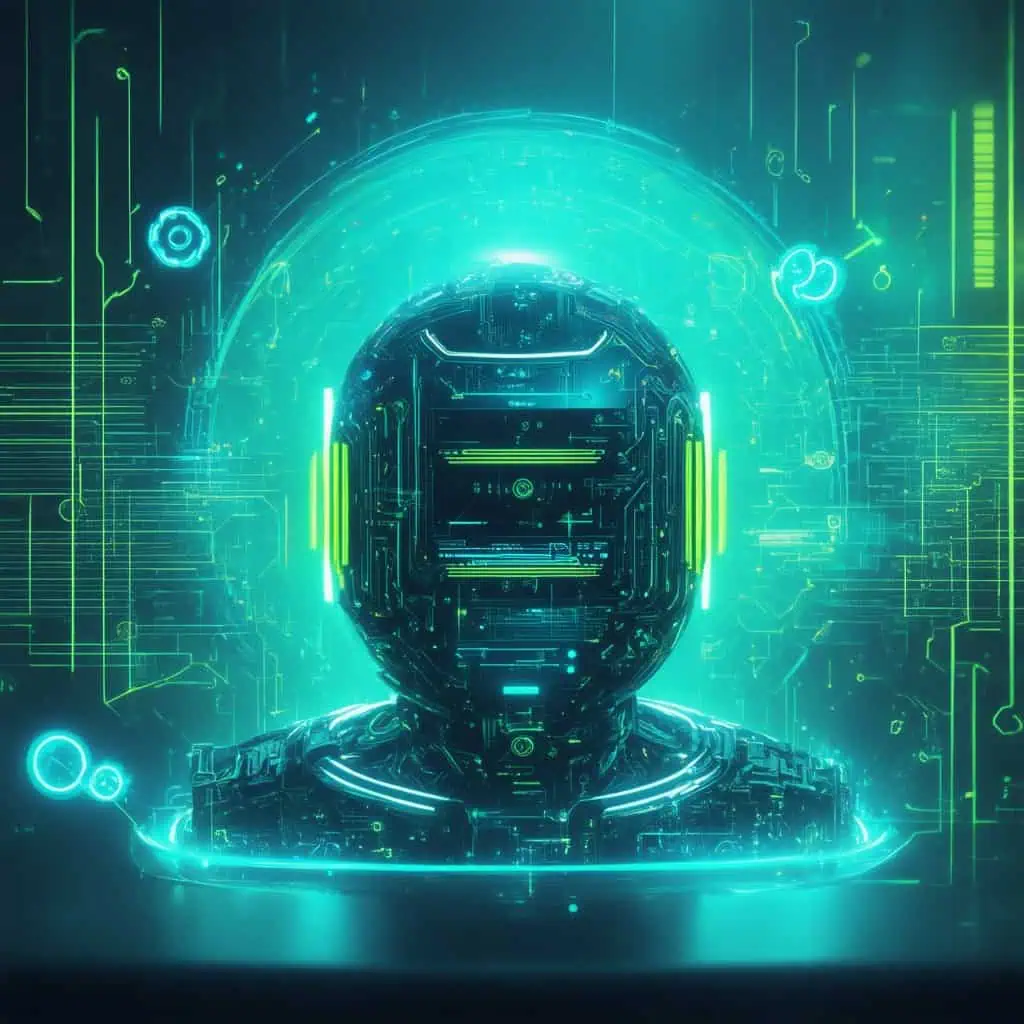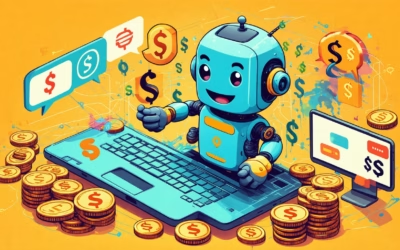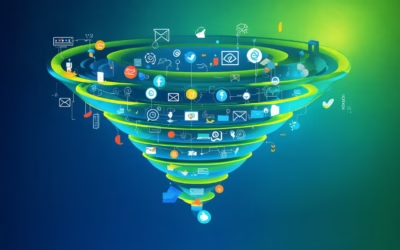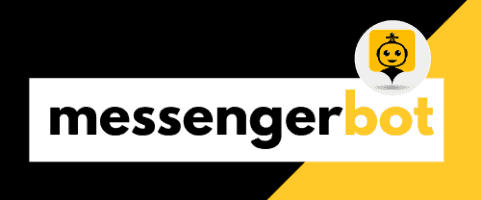Key Takeaways
- Mastering chatbot UI is crucial for enhancing user experience and driving engagement.
- Key principles of effective chatbot interface design include clarity, responsiveness, and accessibility.
- Utilize existing chatbot UI templates from platforms like GitHub to streamline your development process.
- Incorporating personalization and multimedia support can significantly enhance user interaction with AI chatbots.
- Open source chatbot UI solutions offer flexibility, cost-effectiveness, and community support for developers.
- Implementing secure login features in chatbot UIs improves user trust and personalization.
In today’s digital landscape, mastering chatbot UI is essential for creating engaging and effective user interactions. A well-designed chatbot user interface not only enhances user experience but also drives engagement and satisfaction. This article will delve into the intricacies of chatbots UI, exploring key elements such as the principles of chatbot interface design and best practices for developing chatbot UI templates. We will also highlight valuable resources, including open-source options available on GitHub, to help you find the perfect chatbot UI design templates. Additionally, we will discuss the benefits of utilizing open-source solutions and provide insights into implementing features like secure login interfaces. Whether you’re a developer seeking to enhance your AI chatbot UI or a designer looking for inspiration from chatbot UI examples, this comprehensive guide will equip you with the knowledge and tools necessary to elevate your chatbot projects.
What is a chatbot UI and why is it important?
A chatbot user interface (UI) is the visual and interactive component that allows users to engage with chatbots effectively. It encompasses the design elements, layout, and functionalities that facilitate user interactions with AI-driven chatbots. Understanding the chatbot UI is crucial because it directly impacts user experience, engagement, and satisfaction. A well-designed chatbot interface can streamline communication, making it easier for users to obtain information, resolve issues, or complete transactions without human intervention.
Understanding the chatbot user interface
The chatbot user interface serves as the bridge between users and the underlying AI technology. It includes various elements such as text input fields, buttons, quick replies, and multimedia components that enhance interaction. A clear and intuitive chatbot UI design ensures that users can navigate the conversation seamlessly, leading to higher engagement rates. Key aspects of an effective chatbot user interface include:
- Clarity: The UI should present information clearly, minimizing confusion and guiding users through their interactions.
- Responsiveness: A responsive chatbot UI adapts to different devices and screen sizes, ensuring a consistent experience across platforms.
- Accessibility: Incorporating accessibility features allows users with disabilities to interact with the chatbot effectively.
- Visual Appeal: A visually appealing design can attract users and encourage them to engage with the chatbot.
Key features of effective chatbot UI design
Effective chatbot UI design incorporates several key features that enhance user experience and interaction. These features include:
- Personalization: Tailoring responses based on user preferences and previous interactions can create a more engaging experience.
- Multimedia Support: Integrating images, videos, and buttons can make interactions more dynamic and informative.
- Quick Replies: Providing users with predefined response options can speed up interactions and reduce typing effort.
- Feedback Mechanisms: Allowing users to provide feedback on their experience can help improve the chatbot UI over time.
By focusing on these features, businesses can create a chatbot UI that not only meets user needs but also enhances overall satisfaction. For more insights on chatbot interface design, check out our chatbot UI tutorials.
How can I create a chatbot UI design that enhances user experience?
Creating an effective chatbot UI design is essential for enhancing user experience and ensuring seamless interactions. A well-designed chatbot user interface not only engages users but also facilitates efficient communication. Below are key principles and best practices to consider when designing your chatbot interface.
Principles of chatbot interface design
To create a successful chatbot UI, it is crucial to adhere to several foundational principles:
- Clarity: Ensure that the chatbot interface is intuitive and easy to navigate. Users should quickly understand how to interact with the chatbot without confusion.
- Consistency: Maintain a consistent design language throughout the chatbot UI. This includes using uniform colors, fonts, and button styles to create a cohesive experience.
- Feedback: Provide immediate feedback to users after they input commands or questions. This can be in the form of visual cues or confirmation messages, enhancing user satisfaction.
- Personalization: Tailor the chatbot interactions based on user preferences and past interactions. A personalized experience can significantly improve engagement and retention.
- Accessibility: Design your chatbot UI to be accessible to all users, including those with disabilities. This can involve using screen reader-friendly elements and ensuring color contrast is adequate.
Best practices for chatbot UI templates
Utilizing effective chatbot UI design templates can streamline the development process and enhance user experience. Here are some best practices:
- Utilize existing templates: Leverage chatbot UI templates on GitHub to kickstart your design. These templates often come with pre-built components that can save time and effort.
- Focus on mobile-first design: Given the prevalence of mobile usage, ensure that your chatbot interface is optimized for mobile devices. This includes responsive layouts and touch-friendly buttons.
- Incorporate visual elements: Use images, icons, and animations judiciously to make the chatbot UI more engaging. Visual elements can help convey information quickly and effectively.
- Test and iterate: Regularly test your chatbot UI with real users to gather feedback. Use this data to make iterative improvements, ensuring that the interface evolves based on user needs.
- Documentation: Provide clear documentation for your chatbot UI design templates to help developers understand how to implement and customize them effectively.
Where can I find chatbot UI examples and templates?
Finding effective chatbot UI examples and templates is essential for designing an engaging chatbot user interface. By exploring various resources, you can gather inspiration and practical tools to enhance your own chatbots UI. Below, we delve into two key areas: open source options and popular templates available on GitHub.
Exploring open source chatbot UI options
Open source chatbot UI solutions offer a wealth of customizable designs that can be tailored to fit your specific needs. These options not only provide flexibility but also foster community collaboration. Here are some notable open source chatbot UI projects:
- Botpress: A powerful open-source platform that allows you to create and manage chatbots UI with ease.
- Rasa: Known for its robust framework, Rasa provides tools for building conversational AI, including customizable chatbot interface designs.
- Dialogflow: While primarily a chatbot development platform, it offers various UI components that can be adapted for your chatbot UI design.
Utilizing these open source resources can significantly enhance your chatbot interface design, allowing you to create a unique user experience.
Top chatbot UI design templates available on GitHub
GitHub is a treasure trove of chatbot UI design templates that can jumpstart your project. Here are some top repositories to consider:
- Botpress GitHub Repository: This repository contains various templates and examples for building chatbots UI using Botpress.
- Chat GPT UI: A collection of UI examples specifically designed for integrating with ChatGPT, showcasing innovative chatbot interface designs.
- AI Chatbot UI: This repository offers a range of templates that highlight effective chatbot UI practices.
By exploring these chatbot UI examples and templates on GitHub, you can gain valuable insights and practical tools to enhance your own chatbot user interface. For more resources, check out our chatbot UI tutorials to learn about effective design strategies.
What are the benefits of using open source chatbot UI?
Utilizing an open source chatbot UI provides numerous advantages that can significantly enhance your chatbot development process. By leveraging community-driven resources, you can access a wealth of features and flexibility that proprietary solutions may not offer. Here are some key benefits:
- Cost-Effectiveness: Open source chatbot UIs are typically free to use, allowing businesses to save on licensing fees. This makes it easier for startups and small businesses to implement advanced chatbot interface designs without a hefty investment.
- Customization: With open source solutions, you have the freedom to modify the chatbot UI design to suit your specific needs. This level of customization ensures that your chatbot can align perfectly with your brand identity and user expectations.
- Community Support: Open source projects often have vibrant communities that contribute to ongoing development and troubleshooting. This means you can benefit from shared knowledge and resources, enhancing your chatbot user interface experience.
- Integration Capabilities: Many open source chatbot UIs are designed to integrate seamlessly with various platforms and APIs, allowing for enhanced functionality and user engagement. This is particularly useful for businesses looking to streamline their operations across multiple channels.
Advantages of open-source chatbot UI solutions
Open-source chatbot UI solutions offer unique advantages that can elevate your chatbot’s performance:
- Rapid Development: Open source frameworks often come with pre-built components and templates, enabling faster development cycles. This allows you to deploy your chatbot UI more quickly and efficiently.
- Access to Cutting-Edge Features: Many open source projects are at the forefront of technology, incorporating the latest advancements in AI and machine learning. This ensures that your chatbot interface remains competitive and effective.
- Transparency: Open source code allows for complete transparency, enabling developers to understand how the chatbot UI operates. This can lead to improved security and trust among users.
How to leverage chatbot UI GitHub repositories
GitHub is a treasure trove for developers seeking high-quality chatbot UI designs. Here’s how you can effectively leverage these repositories:
- Explore Existing Projects: Browse through various chatbot UI GitHub repositories to find projects that align with your needs. Look for repositories with active contributions and good documentation.
- Fork and Customize: Once you find a suitable project, you can fork the repository to create your own version. This allows you to customize the chatbot UI design template to fit your specific requirements.
- Contribute Back: If you make improvements or fixes, consider contributing back to the original repository. This not only helps the community but also enhances your reputation as a developer.
- Stay Updated: Follow the repositories to receive updates on new features and improvements. This ensures that your chatbot interface remains up-to-date with the latest advancements.
How do I implement a chatbot UI login feature?
Implementing a chatbot UI login feature is essential for enhancing user security and personalizing interactions. A well-designed login interface not only protects user data but also improves the overall user experience by allowing for tailored responses based on user profiles. Here’s how to effectively design and integrate a secure chatbot UI login interface.
Designing a secure chatbot UI login interface
When creating a chatbot user interface for login, consider the following key elements:
- Simple Layout: Ensure the login interface is straightforward and user-friendly. A clean design minimizes user confusion and enhances accessibility.
- Clear Instructions: Provide clear prompts and guidance for users during the login process. This includes visible labels for username and password fields.
- Security Features: Implement security measures such as CAPTCHA, two-factor authentication, and password strength indicators to protect user accounts.
- Responsive Design: Ensure the login interface is mobile-friendly, as many users access chatbots via smartphones. A responsive design enhances usability across devices.
By focusing on these design principles, you can create a secure and efficient chatbot UI login interface that fosters user trust and engagement.
Integrating authentication in chatbot user interfaces
Integrating authentication into your chatbot interface involves several steps:
- Choose an Authentication Method: Decide whether to use email/password combinations, social media logins, or single sign-on (SSO) options. Each method has its pros and cons, so select one that aligns with your user base.
- Utilize APIs: Leverage existing authentication APIs to streamline the integration process. Services like OAuth can simplify the implementation of social logins.
- Test for Usability: Conduct usability testing to ensure that the login process is intuitive. Gather feedback from users to identify any pain points in the authentication flow.
- Monitor Security: Regularly review and update your security protocols to protect user data. This includes keeping software up to date and monitoring for suspicious activity.
By effectively integrating authentication into your chatbots UI, you can enhance user security while providing a personalized experience that encourages engagement.
What are some popular chatbot UI design tools?
When it comes to creating an effective chatbot UI, selecting the right design tools is crucial. These tools not only streamline the design process but also enhance the overall user experience. Below, I’ll explore some of the most popular tools available for developing chatbots UI that can significantly improve your chatbot user interface.
Overview of tools for creating chatbot UI designs
There are numerous tools available that cater to different aspects of chatbot interface design. Here are a few notable ones:
- Chatbot UI GitHub: This platform hosts a variety of open-source chatbot UI templates and examples. Developers can easily access and modify these templates to suit their specific needs. The GitHub chatbot UI repository is a treasure trove for anyone looking to build or enhance their chatbot interface.
- Brain Pod AI: Known for its advanced AI capabilities, Brain Pod AI offers tools that allow for the creation of sophisticated AI chatbot UIs. Their AI chat assistant provides a user-friendly interface that can be customized for various applications.
- Dialogflow: A Google product, Dialogflow provides a comprehensive framework for building chatbots UI. It allows for natural language processing and integrates seamlessly with various platforms, making it a popular choice among developers.
- Botpress: This open-source platform is designed for building chatbots UI and offers a wide range of features for customization and deployment. It’s particularly useful for developers looking for flexibility in their chatbot interface design.
Comparing chatbot UI design software options
When comparing chatbot UI design software, consider the following factors:
- Ease of Use: Tools like Brain Pod AI and Dialogflow are known for their user-friendly interfaces, making them accessible even for those with limited coding experience.
- Customization: Open-source options such as Botpress and chatbot-ui GitHub allow for extensive customization, enabling developers to tailor the chatbot UI to their specific requirements.
- Integration Capabilities: Ensure that the tool you choose can integrate with your existing systems. For instance, Dialogflow offers robust integration options with various messaging platforms.
- Support and Community: A strong community can be invaluable. Platforms like GitHub provide access to a wealth of resources and support from other developers.
By evaluating these tools based on your specific needs, you can create a chatbot user interface that not only meets your business objectives but also enhances user engagement.
How can I download and customize chatbot UI templates?
Downloading and customizing chatbot UI templates can significantly enhance your chatbot user interface, making it more engaging and user-friendly. Here’s a step-by-step guide to help you through the process.
Step-by-step guide to downloading chatbot UI templates
- Identify Your Needs: Before downloading, determine the specific features you want in your chatbot UI. Consider factors like design aesthetics, functionality, and user experience.
- Explore Repositories: Visit platforms like GitHub to find a variety of chatbot UI templates. Look for repositories that offer open-source options, such as chatbot-ui GitHub projects.
- Download the Template: Once you find a suitable template, download it by clicking the “Code” button and selecting “Download ZIP.” This will provide you with all the necessary files to get started.
- Extract Files: After downloading, extract the ZIP file to access the template files on your local machine.
- Review Documentation: Most templates come with documentation. Review it to understand how to implement and customize the template effectively.
Customizing chatbot UI design templates for your needs
Customizing your chatbot UI design is crucial for aligning it with your brand identity and enhancing user interaction. Here are some tips for effective customization:
- Edit Visual Elements: Use design tools like Figma or Adobe XD to modify colors, fonts, and layouts. Ensure that the visual elements reflect your brand’s style.
- Integrate Functionality: Depending on your requirements, you may want to add features such as quick replies, buttons, or multimedia support. This can improve user engagement and satisfaction.
- Test User Experience: After customization, conduct user testing to gather feedback on the chatbot interface. This will help you identify areas for improvement.
- Deploy and Monitor: Once satisfied with the design, deploy your customized chatbot UI on your website or social media platforms. Monitor its performance and make adjustments as needed.
For further resources, consider checking out chatbot UI tutorials to enhance your understanding of chatbot interface design.

